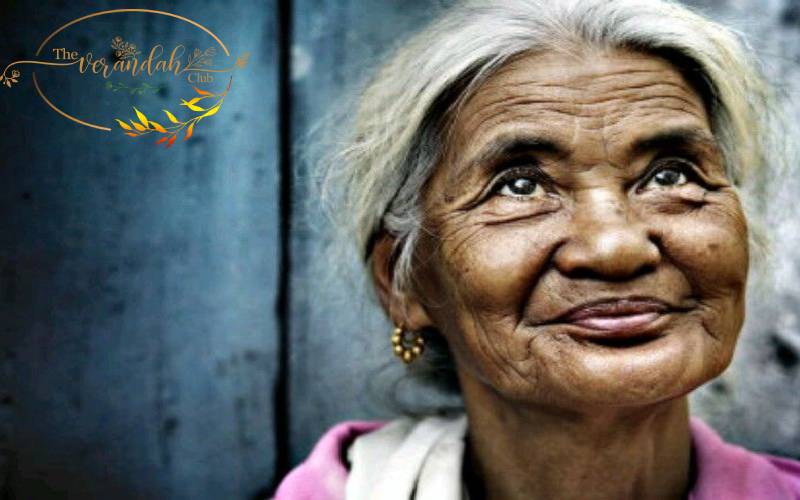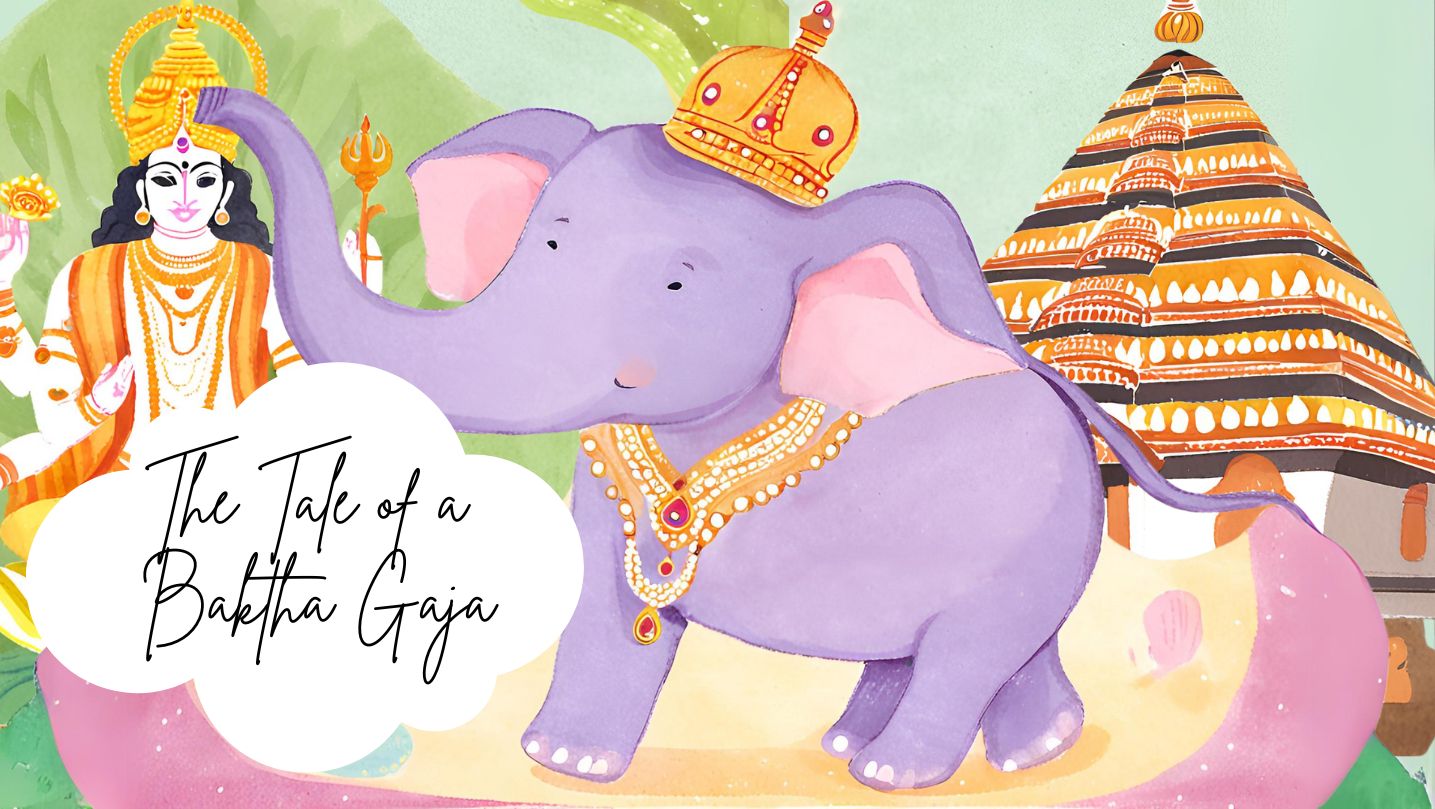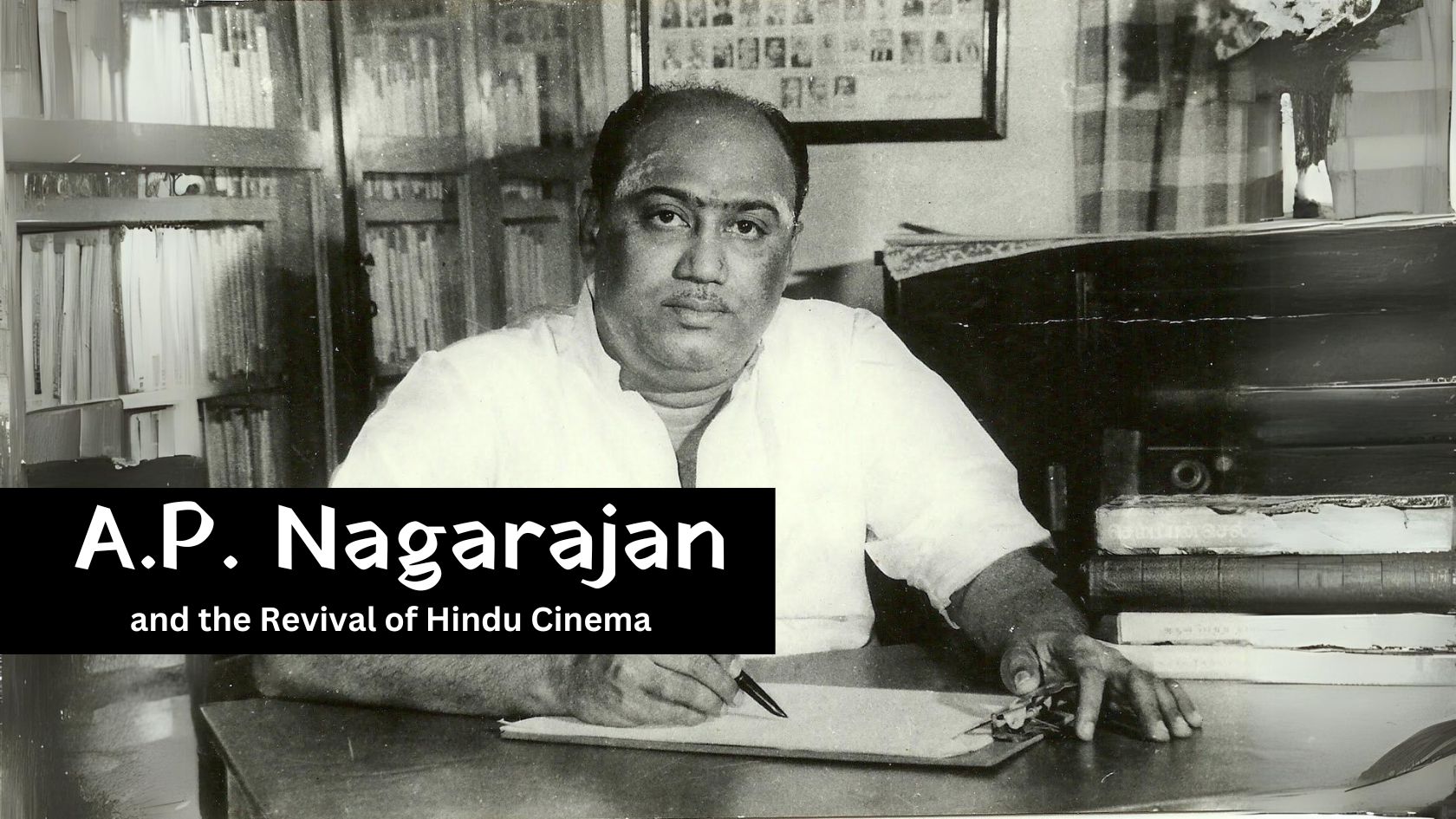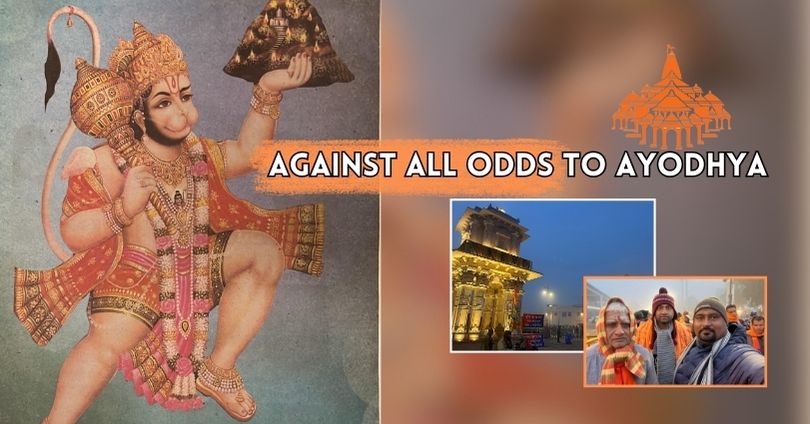
Thukkiri Paati had lost her husband pretty early in life. She lived alone in a village house and it was set amidst evergreen paddy fields. She would cook her food and wash her clothes on her own. Her family’s farming lands would provide her with grains, fruits, and vegetables. A person named Gopalu used to take care of her farm and deposit the produce at the backyard of the residence of Thukkiri Paati.
The pastime was spent by chanting the name of Lord Raama and she would do so even while enjoying her old swing. She would make a mark on the wall on completing a thousand recitations of Raama naama and the wall would be full of such marks indicating her efforts. The villagers living nearby would come and share their woes to her and Thukkiri Paati would rub away some of the marks made on the wall. This was done by her to ensure that her prayers answered the calls of the needy.
Thukkiri Paati would repeatedly chant Raama naama and create marks on the wall. She would rub them off little by little in the interest of the villagers. Life went on and on. Thukkiri Paati and her chanting continued for several decades. Lord Raama answered her prayers by keeping the villagers happy. The selfless devotion of Thukkiri Paati and the manner in which she used the power of Raama naama continues to be remembered even today.
The Mariyadha purushotthama, Sri Raama, was born as the son of Kausalya and Dasharatha. He was a steadfast husband to Sita and was firm believer in monogamy. Lord Raama sacrificed his youth to fulfill his father’s promise. Raama was known to be a righteous ruler and he always upheld righteousness. Hanumaan was His acolyte and devotee. The great Hanumaan chose to live in the places where the Raamaayana was read or where the name Raama was chanted. Thanks to the devotion of the followers of Sanatana dharma, the name of Raama is being chanted in some part of the earth all the time and Lord Hanumaan is ever present on earth.
The Raama naama is like a magnet, for it attracts devotion and energy. Today, Ekambaram maama of Sri Rama Nama Bank has founded a system wherein the devotees can keep track of the Raama naama-s written by them. He has thus far collected nearly 9000 crores of Raama naama-s and has installed them in several places. He talks about the power of Raama naama in the age of Kali. Ekambaram maama and his tribe have traveled to several places and collected stories of numerous righteous devotees of Lord Raama. These stories act as torch bearers for the mundane. The characters found in these stories act as beacon lights which offer the destitute the path to salvation.
Ordinary mortals like ourselves need to cross the ocean of life in order to enjoy the divine company of Lord Raama. It takes several births to understand that the name of the lord is the best of sweets that one’s tongue can relish. However, it is the heart that digests the name of the lord, and it sends signals to the brain. The moment they have relished the name of Raama, both the heart and the brain make the soul happy. This is best exemplified in the famous song of Bhadhrachala Ramadas which goes as follows, “Sri Raama nee naamam amy ruchira...” (How tasty is your name, Oh Raama!)
Thukkiri Paati is one of those rare souls to have understood the taste of Raama naama and its medicinal value. Medicines are normally sour or bitter, but this medicine called Raama is a delicacy. Let us understand its true worth by going through the life and times of Thukkiri Paati!
NEXT ARTICLE

In the lush, green heart of Kerala lived an elephant who became a living legend - a tale of an elephant turned into a bakth. His name was Keshavan, bu...

In the early days of cinema, both silent and talkie films thrived on puranas and ithihasas. However, as the years passed, especially by the late 1950s...

Life often presents us with choices that test our resolve, faith, and priorities. Attending the Prana Pratishtha of the Ram Lalla in Ayodhya had alway...